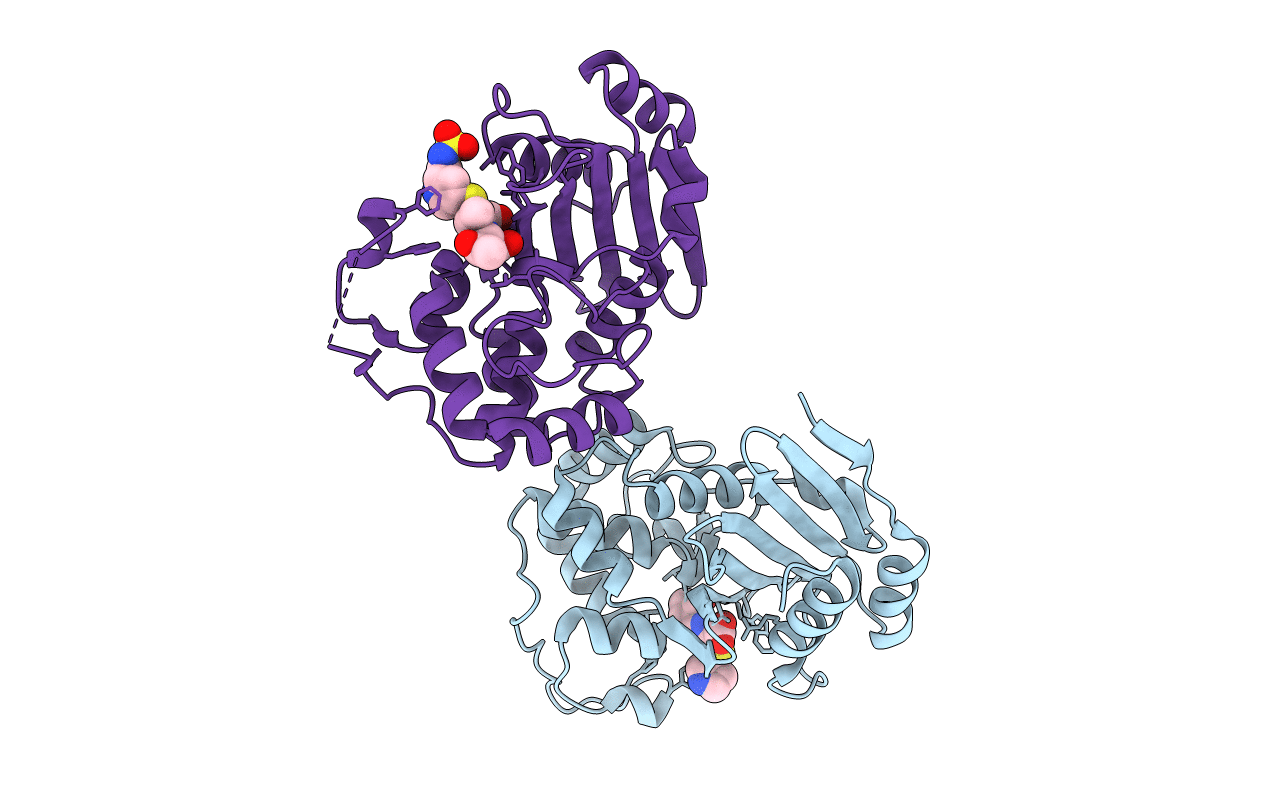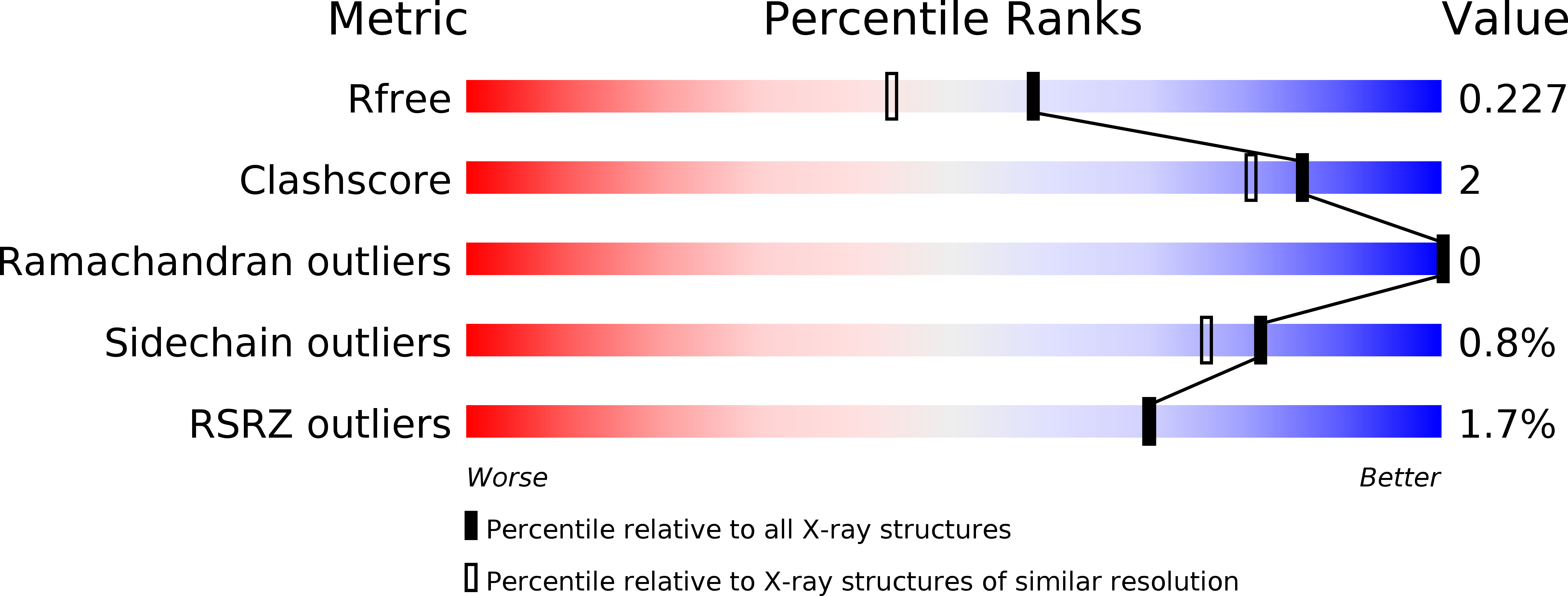
Deposition Date
2017-07-18
Release Date
2017-12-27
Last Version Date
2024-10-23
Entry Detail
PDB ID:
5WI7
Keywords:
Title:
Structure of Acinetobacter baumannii carbapenemase OXA-239 K82D bound to doripenem
Biological Source:
Source Organism:
Host Organism:
Method Details:
Experimental Method:
Resolution:
1.86 Å
R-Value Free:
0.21
R-Value Work:
0.19
R-Value Observed:
0.20
Space Group:
P 21 21 2


